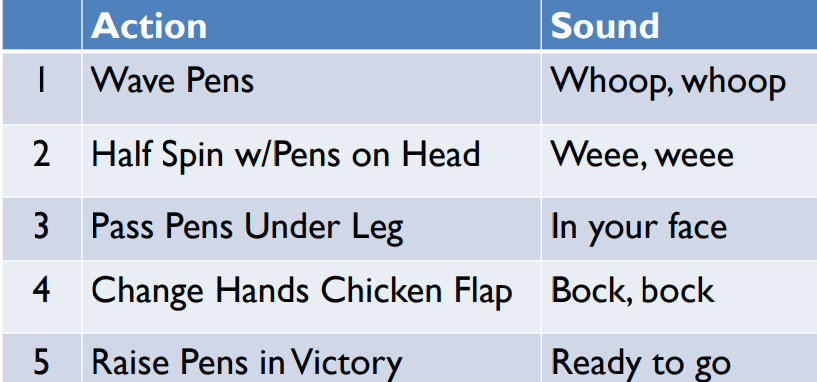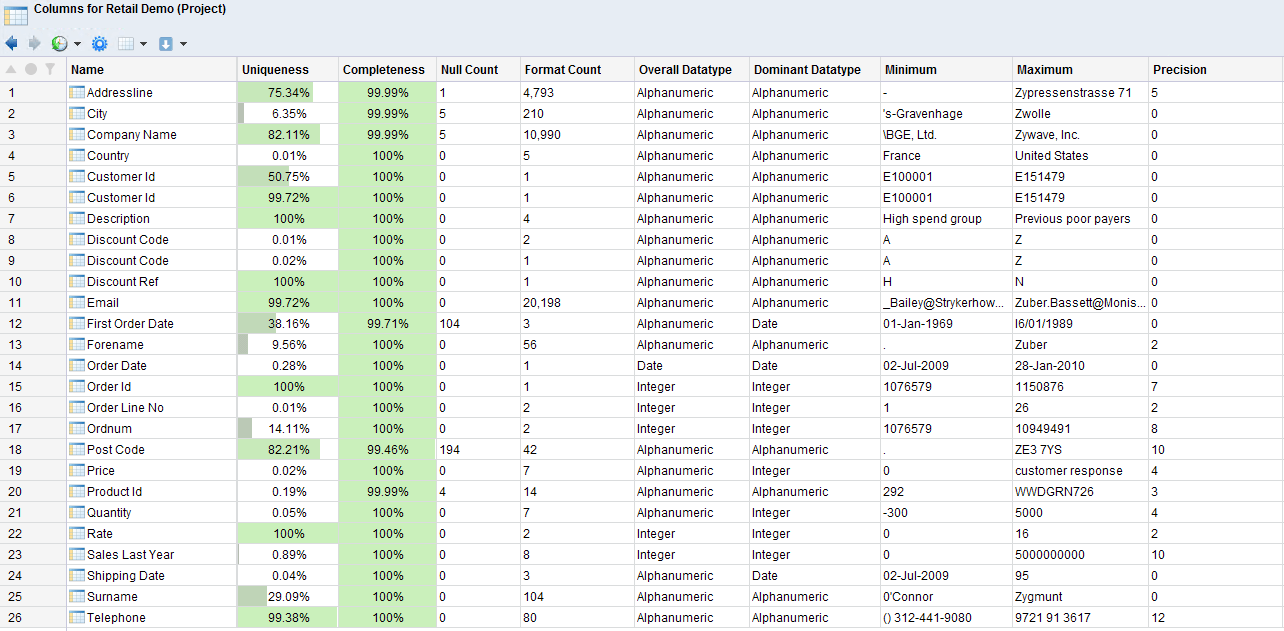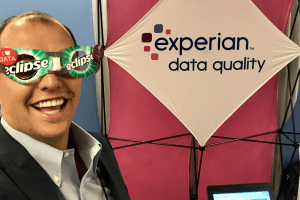The sun and the moon weren’t the only things aligning in San Francisco this past week at AAMVA’s International Conference. Jurisdictional leaders from motor vehicle and public safety agencies came together to share ideas, discuss challenges, and learn best practices from their colleagues. AAMVA and representatives from California state agencies did a phenomenal job coordinating a full schedule of valuable sessions and fun events.
One of my favorite parts of the conference was a specific session that I attended entitled, “How Lean Are You?” led by Patrice Aasmo, AAMVA Director of Member Services for Regions 1 & 2. This session featured a panel of presenters:
- Cyndee Baugh, Lean Program Administrator, Washington Department of Licensing
- Mike Dixon, Senior Director, Colorado Division of Motor Vehicles
- Eric Jorgensen, Director, Arizona Motor Vehicle Division
- Pat Kohler, Director, Washington Department of Licensing
LEAN exercise:
During this session I had the privilege of leading off a LEAN process Flow Exercise as the “Whoop, Whoop!” person. The process consisted of 5 volunteers with specific tasks to perform on 10 markers.

The first time through took about 3 minutes, each person completed their task on all 10 markers before moving them to the next stage in the process. There were lots of laughs and it highlighted all 8 types of waste: Overproduction, waiting, transportation, over-processing, excess inventory, motion, defects, and underutilized people.
We then moved to round 2, in which we performed the same exercise one marker at a time. By implementing a more streamlined process, we were able to address these areas of waste and eliminate inefficiencies.
How you can LEAN into data quality improvements
In my conversations with jurisdictions, they all expressed a desire to improve the customer experience and better understand where inaccuracies exist in their data. LEAN is a systemic approach for organizations to identify and eliminate waste, while improving quality and safety, in order to provide value for customers. Below are use cases that enable the LEAN strategy:
Use case #1: Address validation
Background:
- Customer data is received through multiple different avenues
- Call center, branch office, online form, etc.
Problem:
- Capturing inaccurate data
- Branch and call interaction time is too long
- Customers receive inaccurate information or mail undeliverable
Improvements:
- Real-time address validation integrated seamlessly into systems
- Reduction in keystrokes for Customer Service Representatives
- Decreased interaction and wait times
- Ensure only accurate data enters system
- Delivery Point Validation – validate address has received mail in the last
- Automatically correct misspellings and add +4 to Zip Code
- Provide active decision support at point of entry
- Prompt for secondary information, apt. #
Results:
- Eliminate returned mail
- Increase first call resolution
- Confidence in data capture
Use case #2: Data quality management
We work actively with customers looking to better understand the data they have and utilize LEAN to move from reactive to proactive processes.
Background: Idaho Transportation Department, like many agencies, has a goal of one record per DMV customer.
Problem: Starting with over 20 million independent records in a state with a population of 1.6 million people, Idaho knew that duplicates and other data quality issues existed. An initial profiling with Experian Pandora allowed the Idaho Transportation Department to better understand and visualize inaccuracies in their data.

Analyze: The Idaho Transportation Department had invested significant time and resources to address this problem
“There’s often a disconnect between the people with the skills to write the SQL queries and the people who know how to look at the data. I see Experian Pandora providing a direct path for the people who understand the data to actually get in and extract the output, rather than having that intermediate layer of a SQL expert who has to comprehend what the business goal is, and then turn it into the proper technical queries to produce the output,” – Neil Snyder, DMV Software Architect
Improve: Experian Pandora gave them a tool to enable both technical and non-technical users to interact with the data.

Experian Pandora makes it easy to bring recommendations forward to the department’s data governance council for consideration. Snyder says, “We found it valuable to use Experian Pandora to better convey the current status of a dataset and to predict what the results of a rule change may be, and to do it in a more visual, easily consumed way.”
Control: The Idaho Transportation Department is using Experian Pandora to implement proactive measures to ensure consistency moving forward.

“We used Experian Pandora to identify issues in our data, and we have built in a standard dropdown in our new system for making sure it stays consistent.” Experian Pandora helped not only to identify the issue, but also to implement preventative measures for keeping it in the new system. In addition, they have implemented SQL code that will take the various patterns and standardize them as they load this data into the new system. According to Snyder, “We’re using the approval to clean up our old data as well as build the new system.”
Overall, my first time at AAMVA International was extremely valuable, and I’m looking forward to attending next year in Philadelphia.
Interested in learning more about how we helped the Idaho Transportation Department take a proactive approach to data quality? Read the case study!
Take me to the case study








